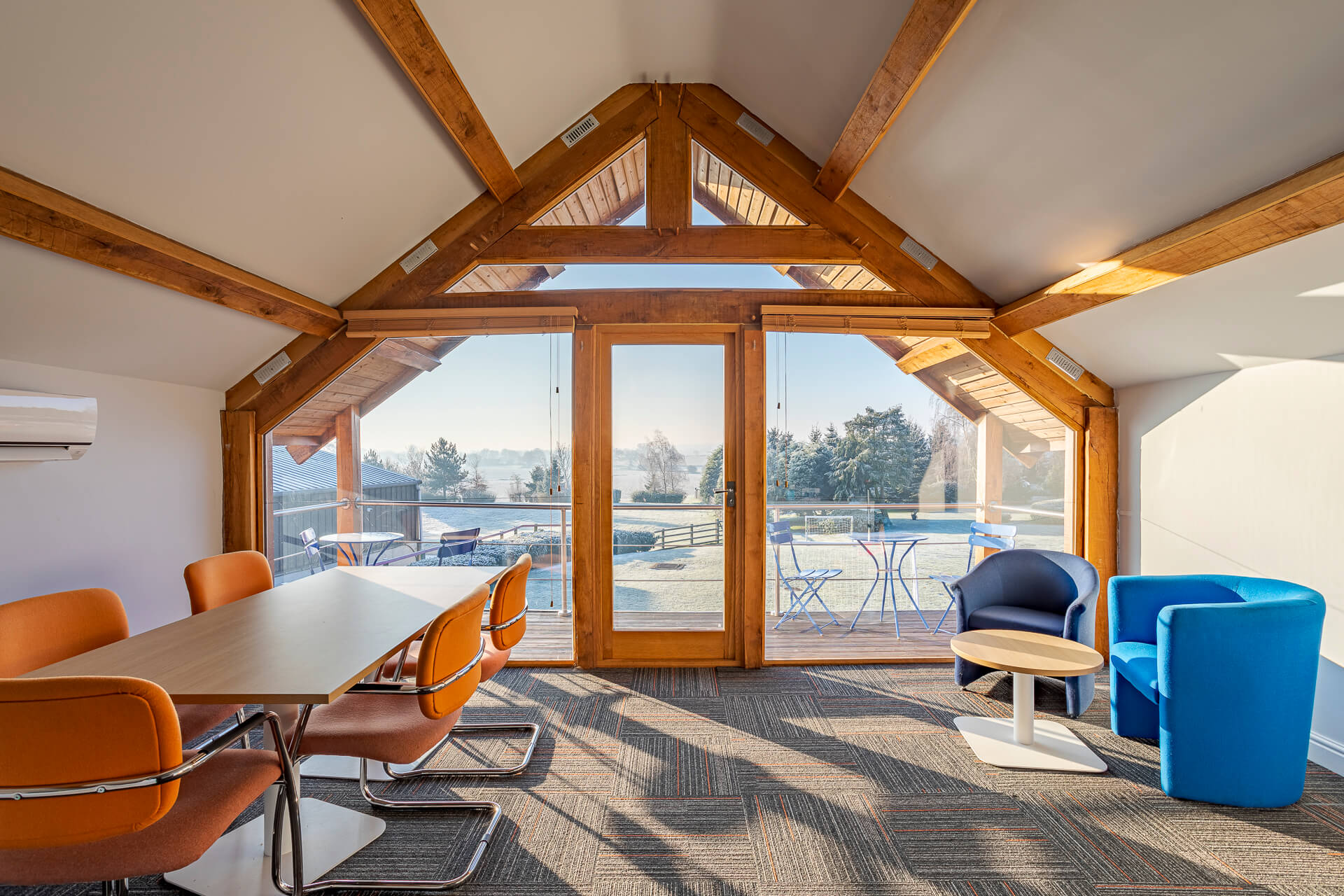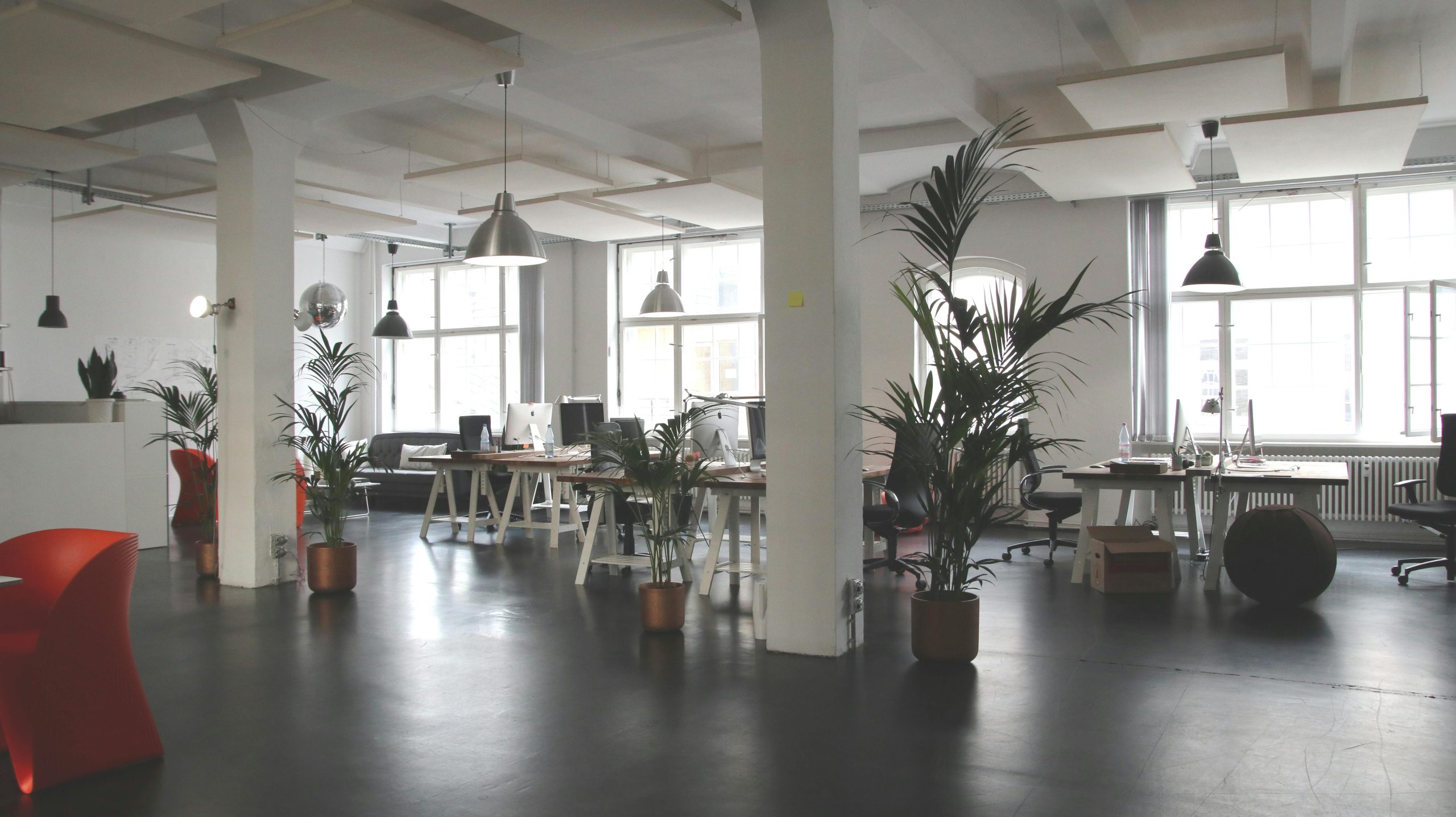
How to Set Up a Co-working Space
How to Set Up a Co-working Space
Co-working spaces have revolutionised the traditional work environment, providing flexibility, collaboration, and a dynamic atmosphere for professionals from diverse fields. If you’re considering establishing a co-working space, there are several crucial steps to take to ensure its success.
Introduction to Co-working Spaces
In today’s evolving work landscape, co-working spaces have emerged as hubs of innovation, gathering like-minded individuals and fostering a sense of community. These spaces offer shared infrastructure and resources, catering to freelancers, startups, and remote workers.
Choosing the Right Location
The location of your co-working space plays a pivotal role in its success. Accessibility, proximity to public transportation, and the surrounding amenities influence the appeal of the space to potential members.
Designing the Space for Productivity
Creating an environment conducive to productivity involves thoughtful layout planning and ergonomic furniture choices. A well-designed space encourages focus and collaboration among members.
Technological Setup
A robust tech infrastructure is the backbone of any co-working space. High-speed internet, reliable IT support, and updated software are essential to meet the technological needs of diverse professionals.
Community Building in Co-working Spaces
Beyond physical infrastructure, nurturing a vibrant community is vital. Organising events, workshops, and networking sessions fosters connections among members, sparking innovation and collaboration.
Membership Models and Pricing
Offering diverse membership options with flexible pricing structures caters to the varying needs of potential members. From hot desks to private offices, providing choices enhances the appeal of your co-working space.
Legal and Administrative Considerations
Navigating legal requirements, lease agreements, safety regulations, and insurance policies is crucial when establishing a co-working space. Ensuring compliance safeguards both the space and its members.

Marketing and Branding
Developing a compelling brand identity and effective marketing strategy sets your co-working space apart. Highlighting unique offerings and the community aspect attracts potential members.
Managing Operations Efficiently
Implementing streamlined administrative systems and software simplifies day-to-day operations. From managing bookings to handling member inquiries, efficient processes enhance the member experience.
Sustainability and Eco-Friendly Practices
Embracing sustainability practices not only contributes to environmental conservation but also resonates with members who prioritise eco-conscious workspaces.
Adapting to Remote Work Trends
Incorporating features that facilitate remote work caters to the evolving work landscape. Hybrid workspace solutions that seamlessly integrate in-person and remote work capabilities add value to your space.
Feedback and Continuous Improvement
Regularly seeking feedback from members aids in identifying areas for improvement. Implementing changes based on feedback ensures the space remains dynamic and responsive to members’ needs.
Security Measures
Ensuring data security, privacy, and implementing physical security measures instills trust among members, fostering a safe and secure work environment.
Scaling and Expansion
As the co-working space gains traction, strategising for scaling and potential expansion to new locations becomes a pivotal consideration.
Conclusion
Setting up a thriving co-working space involves a multifaceted approach, encompassing location selection, space design, community building, operational efficiency, and adherence to legal and technological necessities. Prioritising these aspects fosters an environment that caters to the diverse needs of professionals.
FAQ’s:
- Cost to Set Up a Co-working Space: The cost can vary significantly based on location, size, amenities, and design. Generally, expenses include leasing or buying the space, renovating or furnishing it, technology infrastructure (internet, security systems), utilities, staff salaries, marketing, and operational costs. On average, it can range from tens of thousands to hundreds of thousands of dollars.
- Amenities for a Co-working Space: Essential amenities include high-speed internet, comfortable workspaces (desks, chairs), meeting rooms, printing/scanning facilities, kitchen areas, and communal areas. To stand out, offering extras like wellness spaces, event areas, childcare services, or specialized equipment can attract more members.
- Fostering Collaboration: Encourage collaboration by organizing networking events, workshops, or seminars. Design the space with communal areas to spark interaction, use collaboration tools or platforms, and implement a community manager to facilitate connections among members.
- Legal Aspects to Consider: Legal considerations involve zoning laws, lease agreements, insurance (liability and property), data privacy (especially if handling member information), intellectual property rights, and compliance with local business regulations. Consulting a lawyer who specializes in commercial real estate and business law is advisable.
- Staying Relevant in a Changing Work Landscape: To remain relevant, co-working spaces must adapt to evolving work trends. This includes providing flexible membership plans, incorporating hybrid work options, focusing on sustainability, investing in technology for remote collaboration, creating diverse and inclusive communities, and offering specialized services tailored to different industries or niches.
Each co-working space is unique, so tailoring these elements to suit the target audience and market demands is crucial for success.

